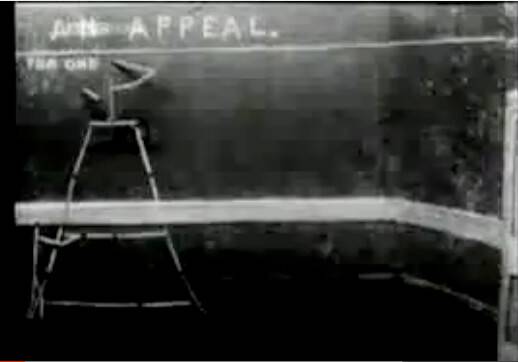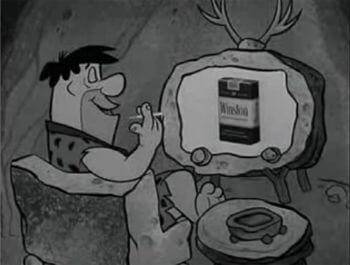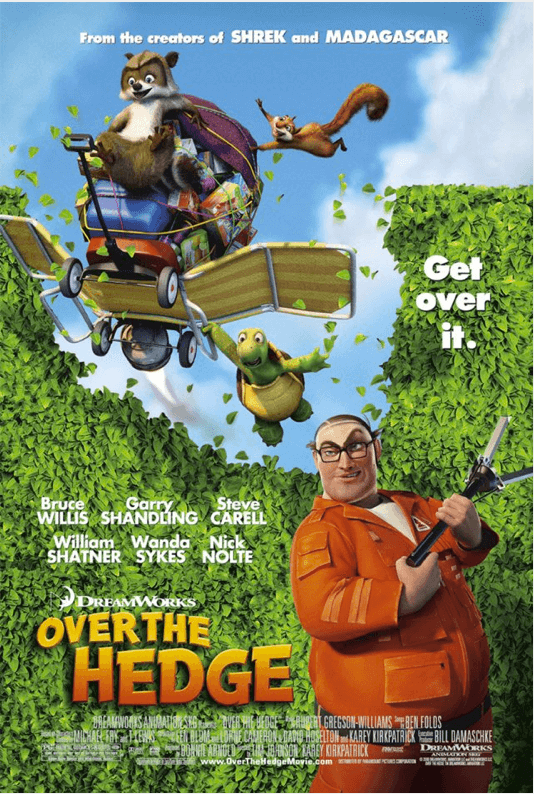A History of Advertising in Animation
These days, animation and advertising go hand in hand, but when did this partnership form and how has it developed?
Some of the most memorable adverts from people’s childhoods will have been animated by young professionals who went on to great things. If you have ever watched a VHS you recorded years ago, it’s always the adverts in-between the film or show you taped that bring back the strongest feelings of nostalgia.
We at Skwigly wanted to look back at the partnership of these two mediums and see how it has developed by selecting a few examples from the history of animated advertising
Back in the early 1930’s, adverts were mainly live theatrical broadcasts that consisted of someone telling you to buy a product. Animation was mostly reserved for comic strips or short skits in the Nickel Odeon’s (movie theatres).
It wasn’t until the 1940’s that someone realized the amazing potential of art and animation within the advertising world.
‘What is the first animated advert?’ is a much debated subject. One of the oldest recorded animated adverts is a stop motion short advertising for donations to send matches to troops. It is named Matches an Appeal and was created by Arthur Melbourne-Copper. It utilized stop motion to illustrate a matchstick man spelling out the companies’ name. Not only is it considered the earliest advertisement, but perhaps even the earliest example of a fully animated film.
It is crude by today’s standards but surprised and entertained audiences. No-one knows the exact date it was created but it dates somewhere around 1899. This advert was a rarity at the time. Animation was expensive and seen as impractical, so it unfortunately didn’t become a common thing.
Despite animation not having a big presence before the 1930’s, art had an extremely big influence on the advertising world.
The incredible illustration work being done by companies such as Coca Cola, who hired illustrator and artist Norman Rockwell to paint their ads between 1925 and 1939, are still to this day seen as pieces of modern art, with a predicted sale price of $500,000 if they were to go to auction .
Back in the 30’s, these beautiful adverts sold Coke’s product very effectively and showed that pictures could encourage a whole generation of teenagers to buy products. The advertisers could specify scenery and looks without paying a lot of money to change ideas. This also created the first forms of touch ups. While models would be hired to pose for the artist, illustrations allowed the artist to paint models with slightly longer legs, brighter eyes or even completely changing their hair colour.
Animation in advertising held the same potential. With the invention of television people were viewing advertising in a completely new way. The adverts were being shown in their homes and they were accessible to the whole family.
This new form of audience excited advertisers, and companies were more willing to spend money or take time to make their adverts stand out.
An important aspect of animation was that it could be done in so many different ways. Companies could create their own look and use their own medium.
Stop motion allowed advertisers to use the item they were selling to be the walking, talking or even dancing star of the show. This gave the product a personality of its own such as in the 1960’s stop motion advertisement for Nyquil.
Stop motion also allowed you to cheaply recreate and mock famous films or television of the time. A prijme example is the 1976 Chewit’s advert made by French Gold Abbott and created by John Clive and Ian Whapshot. The advert shows a Godzilla type creature rampaging through cities and eating famous landmarks. It was such a success that the sequel was delayed to give the advert a cult status. The advert allowed the confectionery company to cheaply and effectively satirize the work being done by Ray Harryhausen in cinemas.
http://youtu.be/wlsd3p2ZZjw
Other famous animators that started in advertising include such greats as the 2D animator Eric Goldberg. After entering the animation world as an animator for Richard Williams, Goldberg decided to move to London and start his own London-based studio, Pizazz Pictures, with the intention of producing television commercials.
The mid 80’s Rolo advert that shows a person manipulating a hand drawn character was reminiscent of the 1953 Loony Tunes short Duck Amuck in which the animator annoys its character.
As animation became more and more popular there was a distinct shift in the way advertisers and animators worked together towards the end of the 90’s. Popular characters such as The Flintstones had been featured in adverts since the 1950’s when the modern stone-age family enjoyed a modern stone age cigarette in an age before anti smoking groups highlighted the health risks of smoking. Looking back at that time almost seems like the stone age, but animators were starting to be asked to create work in their style for companies. Advertisers would approach animators as they would approach certain actors asking them to create work specifically for them.
This was the case for Nick Park who was approached by a UK electricity company after releasing Aardman’s animated short Creature Comforts in 1989. The popularity of the short led to toys, posters and even a television series over 10 years later.
http://youtu.be/B9svHH6SCZ4
Bill Plympton’s memorable Nik Naks advert, created in 1991, was commissioned after the company saw and liked his animated short Push comes to shove, which shows a violent ‘one up-manship’ between two men. This was a popular advert that led to t-shirts and computer games. The influence of animation on adverts had already started to change. Animation was now seen as a medium in its own right.
Advertising had not only kick-started many animator’s careers, it had also provided the building blocks for many studios we know today, the most notable of which being Pixar. As avid animation fans, I am sure many people reading this have already seen the work created by Pixar, but less people have seen the work created in 1992 for companies such as Listerine and Life Savers. This advertising work came to the company while they were trying to fund their own projects and allowed John Lasseter and his team to harness their skills and, most importantly, hire more people. Pete Doctor and Andrew Stanton were only hired as there was too much advertising work for John Lasseter to finish on his own. If it wasn’t for the advertising work that Pixar did the company may not have been able to complete the shorts such as Red’s Game that helped them on the way to fame.
As well as Pixar there are many other studios that supplemented their own work with advertising. Large companies such as The Mill, Framestore and Double Negative all started off creating adverts. These adverts were seen as leaps in technology and are impressive to watch even today. In the 1990’s, The Mill opened its doors to create adverts. It created many critically acclaimed advertisements such as the Levi’s Swimming advert in 1992.
These days, advertisement is still a big business. People have access to a huge range of multimedia in many formats. The companies that were chasing advertising contracts years ago are now being hunted down to create work. Advertising is such a big business that film directors and actors are also being commissioned to take part. The recent Coca Cola advert, which was co-produced by Tony and Ridley Scott, co-directed by Kung Fu Panda’s John Stevenson and created by Australian animation company Animal Logic, was a six minute story telling the origins of the Coca Cola polar bears. The scale of the work shows that advertising is no longer just a quick, cheap way to send a message.
Animation in advertising has become a thoughtful and interesting way to approach an idea. It allows companies to create the environment they want to portray for their product, even if those environments are purely fictitious.
Advertising and animation have now gone full circle. The surge in popularity for animation means that the films themselves are becoming vehicles to sell products. Product placement has infiltrated the animated world.
The 2006 DreamWorks animation ‘Over The Hedge’ was filled with references to products that people know and use today such as the ‘THX’ sound system, ‘Pringles’ and many more.
Animation and advertising definitely go hand in hand. One seems to pull the other to the next level. Both have become more integrated and less defined. It will be interesting to see where animation in advertising will lead and whether advertising will become an even bigger part of the computer games world. Games such Grand Theft Auto already incorporate adverts that update to the users individual tastes.
Perhaps it will provide a forum for unknown animators. With social media platforms such as Vimeo and Youtube, unknown animators can get their work seen much easier. If you get enough ‘likes’ and recognition then maybe people will catch the eye of advertisers.
Many companies such as Doritos and ‘Red Bull’ have already held ‘YouTube’ animation competitions to find their next advert.
If we look back through the adverts created since the early 30’s, it’s safe to say that animation techniques have been pushed further due to advertisers needs for inventive and creative work that stands out. Hopefully this will continue.
Fingers crossed, advertising will continue to get more ‘bums on seats’ in companies as well as create a lot more adverts that will both entertain and, of course, annoy us in equal measure (crazy frog, we are looking at you!).






